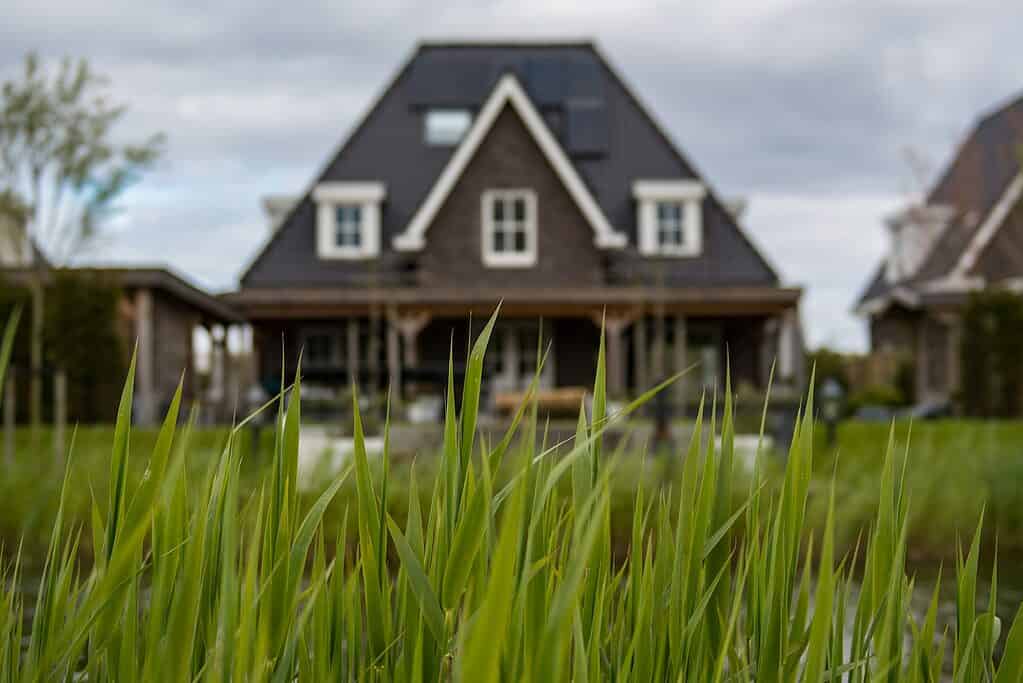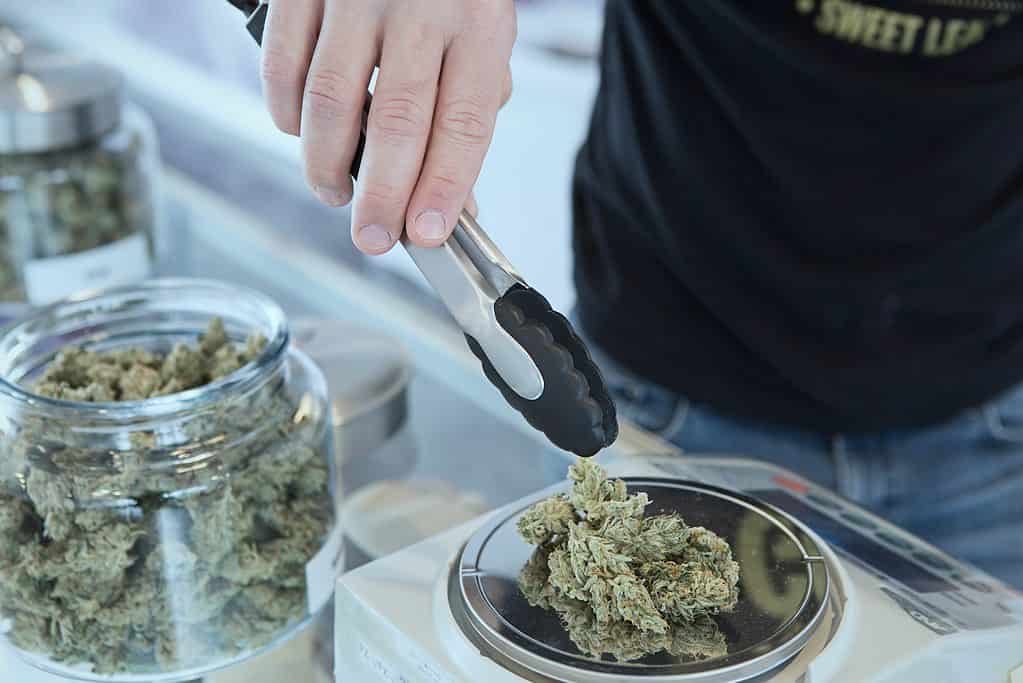Australia has been facing a construction material crisis since mid-2020. It’s not the only place struggling with this type of crisis, but in Australia, the situation is particularly dire.
There is not enough concrete or bricks in the country to support the ongoing construction projects, and this has caused an unprecedented spike in building material prices. Now a team of researchers at the University of Adelaide has proposed an interesting solution to this problem: they suggest the use of hemp for building homes in the country.

In the first episode of Adelaide university’s own podcast series, The Discovery Pod, professor Rachel Burton explained that fibers found inside the stem of the hemp plant can be used to make a strong concrete-like material called hempcrete. This green construction material is prepared by blending the hemp fibers with water and lime. Interestingly, hempcrete can be easily turned into bricks, boards, building insulation material, and sound-proofing panels.
“Hemp is an extremely good insulator. It has been recognized that it controls humidity and it provides a lovely living environment for humans. It has massive potential and there’s lots of interest in being able to build houses now from hemp,” said Professor Burton.
Hempcrete is not the hemp you know
Before we dive deep into hempcrete, let’s first address the elephant in the room. Hemp is cannabis — yes, but it’s not marijuana, the psychoactive cannabis that you don’t want near your children. The plant that researchers want to employ as a building material is industrial hemp, which is used to make textiles, livestock fodder, ropes, biofuel, and medicinal CBD products.
Industrial hemp doesn’t have tetrahydrocannabinol (THC), the chemical which gives marijuana its intoxicating and intoxicating properties. Therefore, hempcrete also comes free from any such chemical properties. Explaining this further, Professor Burton told The Discovery Pod.
“We’ve been growing industrial hemp for food since 2017 when it was legalized. Industrial hemp is actually a form of cannabis that doesn’t have the high THC, so it’s not the drug form. It’s not the medicinal cannabis you can use (to get high). Of course, it’s the same species, it just has a different chemical spectrum.”
Hempcrete as a sustainable building material
While talking about the different advantages of hempcrete in detail, Professor Burton highlighted that since hempcrete is a great insulator and is fire-resistant, it could make our homes and buildings safer. Plus, It could also help us reduce our dependence on costly construction materials that come from mining which are also not good for the environment.

She believes that houses made of hempcrete would offer a great indoor environment to humans. Plus, this material has the potential to make homes more affordable than ever, especially in areas (like Australia) where housing demand is high and building material is scarce. Moreover, since hemp doesn’t require any special soil or climate for growth we can produce as much hempcrete as we want almost anywhere in the world.
Professor Rachel Burton further said in the Adelaide University podcast,
“It is fire-retardant, so ideal for Australian conditions and maybe you know California and all these places that are hot and dry. In fact, the science museum in London has built their vault for keeping all their precious samples out of hemp because they can control the humidity and temperature (of a building) much better using that material.”
Many previous studies highlight that buildings made from hemp could even slash the greenhouse emissions and pollution resulting from construction projects across the globe. For instance, a 2022 study published in the journal AIP Conference Proceedings reveals that each meter cube of hempcrete used in a building sequesters 165 Kg (363 lbs) of CO2.
Another study published in 2019 highlights that a building made from hempcrete fulfills all the criteria (such as eco-friendly design, high energy efficiency, fresh indoor air, etc.) set by the World Green Building Council (WGBC) to be considered a green building.
How hempcrete is made
Hempcrete is a wet sticky concrete slurry made from a mixture of hemp, water, and lime. The prepared slurry is then pushed into foam boards to further create construction material of any shape. Hempcrete can be used to construct pillars, foundations, boards, precast panels, floors, bricks, etc.
It’s indeed a promising construction material that seems both sustainable and budget-friendly even in the long run. However, there are many hurdles in its path to becoming a mainstream building material. Since it comes from cannabis, there are numerous concerns and issues related to the use of hempcrete.
Governments fear that if they legalized cannabis without proper regulation, criminals may start growing and selling marijuana (under the label industrial hemp) in insane amounts without any fear. This could further increase the penetration of drugs and crime in society. This is why we need policies that could protect our society from the ill effects of cannabis and at the same time ensure we are able to use good products like hempcrete on a large scale.
You can listen to the podcast episode on hempcrete here.


